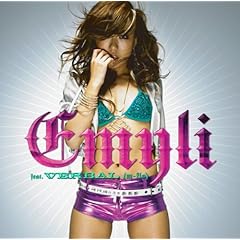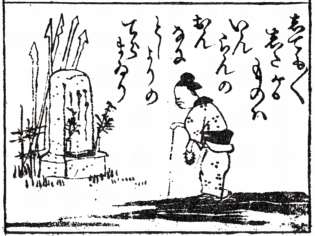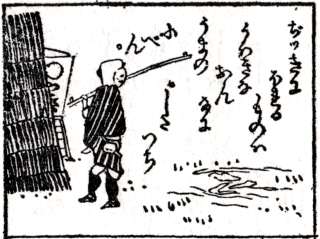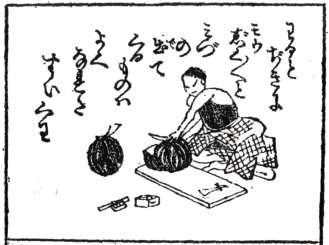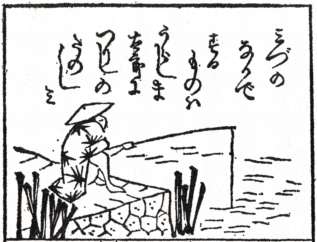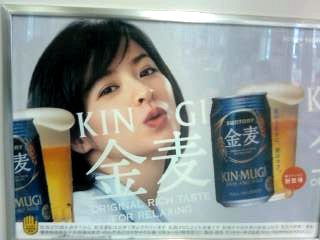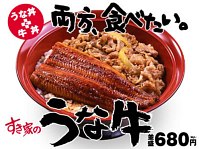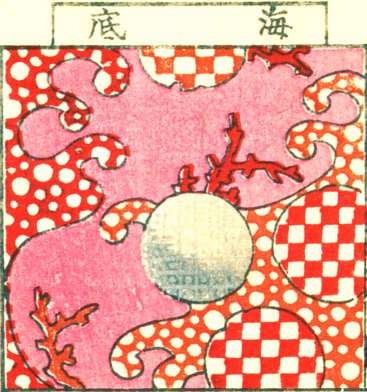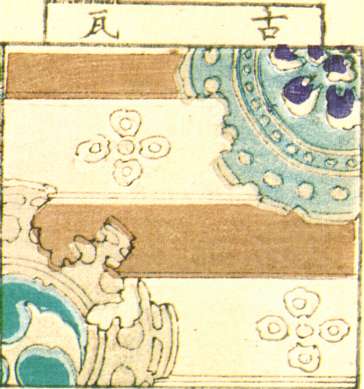Via Eve, two great tastes that taste great together: Hawaiian kanji.
Hawaiian tradition places great emphasis on honoring ancestors. The largest ancestry other than Hawaiian represented among the students at Nāwahīokalaniʻōpuʻu is East Asian to include Chinese, Japanese, Okinawan, and Korean. These ancestors are honored by learning their languages. The one thing that all four languages share is the use of kanji. ... [I know a few non-Japanese people who wouldn't be happy about that word choice --Matt]
With Ms. Kawachi’s help, Dr. Wilson chose 45 kanji for 45 Hawaiian words each of which began with a different hakalama symbol. For example, for the syllable "ma", "maka" or "eye" was chosen, and for the syllable "la" "lani" or "heaven" was chosen. [...] A second innovation was to establish two diacritical marks [...] The first diacritic indicates a syllable with a short vowel, while the second diacritic indicates a syllable with a long vowel. When no diacritic is included, the kanji is to be read as a full word. The end result is a chart of 45 kanji with two possible diacritic marks that allows children to read and write anything in Hawaiian through a combination of full words and syllables.
The diacritics seem to be ° and ¯ respectively, and the examples they give include:
Ke aloha aku nei i nā lani, nā kuahiwi, nā honua, a me nā wai o ka ʻāina kupuna.
子° 王°田°作° 王°立° 欠°魚° 魚° 森¯ 天、 森¯ 立°王°可°混°、 森¯ 走°大°王°、 王° 品° 森¯ 口°魚° 生° 人° 食¯魚°森° 立°花°森°。
We greet the heavens, mountains, earth, and waters of the land of our ancestors.
Japanese writers thought this kind of thing was a good idea too... in the fifth century A.D.! Oh, snap! You got served, Ke Kula ʻO Nāwahīokalaniʻōpuʻu!
To be fair, the diacritics are an improvement on manyōgana. But their distribution is badly flawed. Using "no diacritic" to indicate "character used for meaning, not just sound of first syllable" is probably part of the ancestor-respecting thing, conscious or otherwise, but only one character in the example sentence falls into that category. Clearly these characters should be marked, and characters used for short syllable sounds unmarked. The text in that case would look like this:
子 王田作 王立 欠魚 魚 森¯ 天°、 森¯ 立王可混、 森¯ 走大王、 王 品 森¯ 口魚 生 人 食¯魚森 立花森。
... which is clearly an improvement.
Apparently the kids learn more characters as they grow older and can drop them into sentences too, but I still can't see characters-for-meaning overtaking those short syllables in frequency.
Incidentally, as another person with Japanese bias, it sounded odd to me at first that they would be choosing characters for meaning rather than sound. For example, 天 is lani or la, nothing like the sounds it has in any of the other countries that use the character. But then I realized that this tactic prevents the oft-lamented Japanese situation where multiple, entirely unrelated sounds are attached to each character and there is no way to tell which is intended other than context.
All this is just idle speculation, of course. If this system were ever used widely it would quickly evolve into a simplified syllabary, just like manyōgana did into kana.
Two final thoughts. First: I wish I lived in Hawaiʻi so i could send my kids to this school. And second: if anyone has any images of the "hakalama", a native-Hawaiian syllabary mentioned in the article, I'd love to see them.
![[No-sword]](http://no-sword.jp/images/site/no-sword_banner.jpg)
